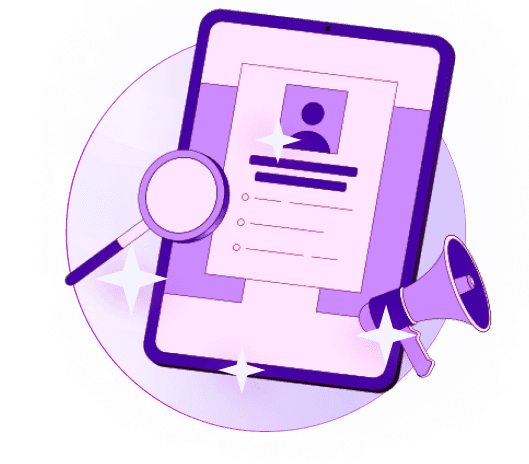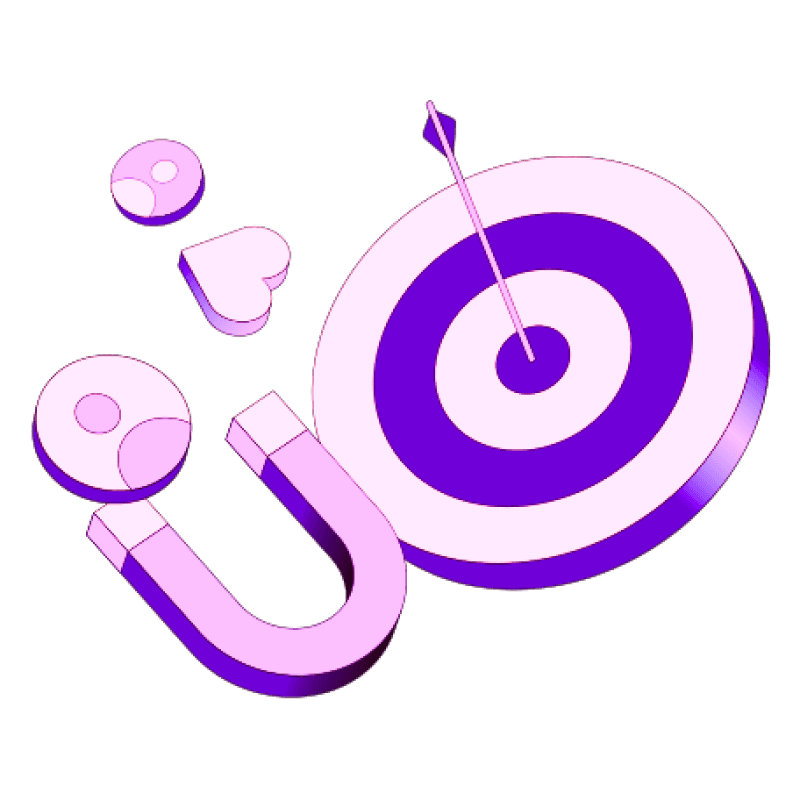Blogs
Articles

What is a Sales Workflow and How to Build One?
Sales reps spend only 28% of their time actually selling.
The remaining time gets eaten up by administrative tasks, information searches, and dealing with chaotic processes. This waste of time leads to a 35% average sales turnover rate. Many representatives quit because they don't have the right resources to succeed.
A sales workflow fixes this by creating a visual map of your company's sales process. It includes specific tasks and activities for each lead in the funnel. Companies that implement a well-laid-out sales process see quick improvements in both their selling experience and team performance.
The numbers tell a compelling story. Companies that use good sales workflow management systems have boosted their closed-won deals by 30%. This results in $4.6 million extra profits. Sales workflow automation saves teams about 20% of their time, which they can spend on activities that generate revenue.
Long ramp times for new representatives take more than three months. High turnover rates make things worse. Your sales process needs a systematic approach. This piece will show you how to create a sales workflow that delivers results.
What is a Sales Workflow?
Your sales team's success depends on a solid sales workflow blueprint. Sales teams follow repeatable steps to achieve specific sales objectives. The sales workflow provides a structured framework that delivers consistent results, whether you move prospects from early outreach to customers or encourage existing customers to make additional purchases.
Sales workflows differ from generic processes because they adapt to each customer's position in your sales funnel. This personalized approach gives prospects the quickest service possible and determines their progression through the buying experience.
Core elements of an effective sales workflow has:
Detailed action plans for each sales stage
Clear instructions for sales employees at different points
Visual representation of the customer's entire experience
Defined tasks needed for each lead
Identification of potential risks
A well-laid-out sales workflow helps your team become proactive instead of reactive. This approach standardizes the process throughout the customer lifecycle and maximizes available resources.
What is sales process flow?
Sales process flow shows your sales workflow visually. The flowchart maps out steps from the original contact to closing deals and beyond. Team members get a comprehensive view of the entire selling process through this visual guide.
The process flow has stages like prospecting, qualifying leads, presenting solutions, handling objections, closing sales, and follow-up activities. Moving deals forward requires completing specific tasks at each stage.
Sales reps and managers each use this flow differently. Reps track each lead's position in the customer experience, while managers monitor performance, spot bottlenecks, and improve strategy continuously.
Keep in mind that "sales workflow" and "sales process" mean different things, though people often use them interchangeably. The workflow shows tasks visually, while the process describes the broader sequence of activities that convert leads into customers.
A properly implemented sales process flow makes procedures standard, which helps teams track leads and close more deals effectively.
Benefits of a Structured Sales Workflow
A structured sales workflow does more than just organize your sales process. Research shows companies with defined sales processes earn 28% more revenue than those without. This systematic approach improves many parts of your business operations.
Sales teams perform better with a well-laid-out workflow. Sales reps who follow a structured process are 33% more likely to be high performers. Companies using formal, guided sales processes rank among top performers in their industries. These improvements show up in your profits too. Businesses with optimized workflows close 30% more deals and generate $4.60 million in extra profits.
Your operation becomes more efficient with sales workflows that:
Simplify prospecting and lead qualification
Cut sales cycle time through automation
Make forecasts 28% more accurate
Lower customer acquisition costs
Steps to Build a Sales Workflow
A systematic approach that lines up with your business goals helps you build an effective sales workflow. Let's get into six significant steps that create a streamlined sales process for better results.
1. Research and identify your target audience
Market research forms the foundations of any successful sales workflow. Your first step should focus on developing buyer personas with demographic information, psychographics, and behavioral characteristics of your ideal customers. This research shows their pain points, priorities, and purchasing behaviors. Your business intelligence and Voice of Customer data help refine your target audience definition. Social listening can boost your understanding as you track conversations about your brand and related topics.
2. Prospect and connect with leads
Finding potential customers who match your ideal profile comes next after identifying your target audience. A salesperson spends about 17% of their day on prospecting. Social selling through platforms like LinkedIn, cold emailing, and cold calling work best. Data shows Wednesday and Thursday between 10-11am and 3-5pm give optimal results for cold calling. Persistence matters—reaching a potential buyer usually takes nine attempts.
3. Qualify leads and assess fit
Lead qualification helps you decide which prospects deserve your time. This step shows if your product meets their needs and fits their budget. The qualification process moves leads through several stages: Marketing Qualified Leads (MQLs), Sales Accepted Leads (SALs), and Sales Qualified Leads (SQLs). Getting a full picture means gathering details about company size, decision-making authority, problem awareness, and budget constraints. Lead scoring helps you prioritize prospects based on their engagement level and potential value.
4. Present your solution and handle objections
Success in presenting your solution depends on good preparation. Research the company's challenges, history, and the core team before your presentation. Your focus should stay on solving specific problems instead of just listing features. Getting feedback throughout helps you adjust your approach live. The LAER framework works well with objections: Listen actively to concerns, Acknowledge them, Explore why it happens, then Respond appropriately. This advisory approach builds trust and positions you as more than just a vendor.
5. Send proposal and close the deal
A personalized proposal that addresses your prospect's specific needs should follow a successful presentation. Your proposal needs an executive summary, pricing breakdown, and clear value statements. Most buyers (70%) make purchases to solve problems, so highlight how your solution tackles their challenges. Specific timeframes and next steps matter—83% of potential clients take 3-12 months to initiate a sale. Confident negotiation skills help handle final objections.
6. Follow up and nurture the customer
Sales continue after closing. Your steadfast dedication to the relationship shows through follow-ups and increases customer loyalty. Thank your customers, ask for feedback, and provide resources to help them start. Personalized offers and event invitations create stronger connections. Regular nurturing improves customer satisfaction and opens doors for upselling, cross-selling, and referrals. The cost of keeping existing customers stays 4-5 times lower than finding new ones.
Sales Workflow Tools
Sales tools can turn your tedious manual workflow into a productive system. Sales reps spend only 30% of their day selling. The right automation software plays a key role to maximize efficiency.
Sales workflow tools act as digital assistants that handle repetitive tasks in your sales process. These platforms manage everything from qualifying leads to following up with communication. This frees your team to build relationships and close deals.
Here are the critical features you need in sales workflow tools:
Seamless integration capabilities with your existing tech stack, especially your CRM system
Workflow automation options that put routine tasks on autopilot
AI-powered insights for lead scoring, data analysis, and next-step recommendations
Visual pipeline management for tracking deal progress
Multi-channel communication tools for email, calls, and messaging
Salesforce Sales Cloud gives you complete automation that analyzes pipeline data, spots red flags in opportunities, and suggests actions to keep sales on track. HubSpot's pipeline management software lets teams customize their ideal pipeline without IT help and tracks prospect movement automatically.
Conclusion
A well-built sales workflow can revolutionize your sales operations. This piece shows how structured workflows boost productivity and let sales representatives focus on what they do best—selling. Teams with optimized processes close 30% more deals and enjoy simplified processes from prospecting to customer nurturing.
Our six-step process gives you a clear path: research your audience, connect with prospects, qualify leads, present solutions, close deals, and nurture customers. Each step brings potential customers closer to purchase and builds foundations for lasting relationships.
The right tools make everything easier. Sales workflow automation saves about 20% of team capacity that was lost to administrative tasks. You might want to check out Persana.ai to implement or optimize your sales workflow. It offers powerful automation features that merge naturally with your existing systems.

Create Your Free Persana Account Today
Join 5000+ GTM leaders who are using Persana for their outbound needs.
How Persana increases your sales results
One of the most effective ways to ensure sales cycle consistency is by using AI-driven automation. A solution like Persana, and its AI SDR - Nia, helps you streamline significant parts of your sales process, including prospecting, outreach personalization, and follow-up.



